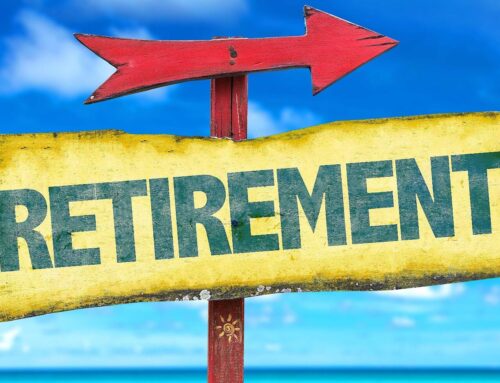How Impatience Hurts Retirement Saving
Keep calm & carry on – it may be good for your portfolio.
Why do so many retirement savers underperform the market? From 1993-2012, the S&P 500 achieved a (compound) annual return of 8.2%. Across the same period, the average investor in U.S. stock funds got only a 4.3% return. What  accounts for the difference?1,2
accounts for the difference?1,2
One big factor is impatience. It is expressed in emotional investment decisions. Too many people trade themselves into mediocrity – they react to the headlines of the moment, buy high and sell low. Dalbar, the noted investing research firm, estimates this accounts for 2.0% of the above-mentioned 3.9% difference. (It attributes another 1.3% of the gap to mutual fund operating costs and the remaining 0.6% to portfolio turnover within funds.)2
Impatience encourages market timing. Some investors consider “buy and hold” passé, but it has certainly worked well since 2009. How did market timing work in comparison? Citing Investment Company Institute calculations of equity fund asset inflows and outflows from January 2007 to August 2012, U.S. News & World Report notes that it didn’t work very well. During that stretch, mutual fund investors either sold market declines or bought after market ascents 57.4% of the time. In addition, while the total return of the S&P 500 (i.e., including dividends) was -0.13% in this time frame, equity mutual fund investors lost 35.8% (adjusted for dividends). 3
Most of us don’t “buy and hold” for very long. Dalbar’s latest report notes that the average equity fund investor owned his or her shares for 3.3 years during 1993-2012. Investors in balanced funds (a mix of stocks and bonds), held on a bit longer, an average of about 4.5 years. They didn’t come out any better – the report notes that while the Barclays Aggregate Bond Index notched a 6.3% annual return over the 20-year period studied, the average balanced fund investor’s annual return was only 2.3% .2
What’s the takeaway here for retirement savers? This amounts to a decent argument for dollar cost averaging – the slow and steady investment method by which you buy shares over time, a little at a time. When the market sinks, you are buying more shares as they have become cheaper – meaning you will own more (quality) shares when they regain value.
It also shows you the value of thinking long-term. When you save for retirement, you are saving with a time horizon in mind. A distant horizon. Consistent saving from a (relatively) early age and the power of compounding can potentially have much greater effect on the outcome of your retirement savings effort than investment selection.
Keep your eyes on your long-term retirement planning objectives, not the short-term volatility highlighted in the headlines of the moment.
Registered Representative, Securities offered through Cambridge Investment Research, Inc., a Broker/Dealer, Member FINRA/SIPC. Investment Advisor Representative, Cambridge Investment Research Advisors, Inc., a Registered Investment Advisor. Cambridge and North Light Financial Services are not affiliated. Cambridge does not offer tax advice. Office of Supervisory Jurisdiction: 46 Accord Park Drive / Norwell, MA 02061 Phone: 781-878-4063
Investing regular amounts steadily over time (dollar-cost averaging) may lower your average per-share cost. Periodic investment programs cannot guarantee profit or protect against loss in a declining market. Dollar-cost averaging is a long-term strategy involving continuous investing, regardless of fluctuating price levels, and, as a result, you should consider your financial ability to continue to invest during periods of fluctuating price levels.
This material was prepared by MarketingLibrary.Net Inc., and does not necessarily represent the views of the presenting party, nor their affiliates. All information is believed to be from reliable sources; however we make no representation as to its completeness or accuracy. Please note – investing involves risk, and past performance is no guarantee of future results. The publisher is not engaged in rendering legal, accounting or other professional services. If assistance is needed, the reader is advised to engage the services of a competent professional. This information should not be construed as investment, tax or legal advice and may not be relied on for the purpose of avoiding any Federal tax penalty. This is neither a solicitation nor recommendation to purchase or sell any investment or insurance product or service, and should not be relied upon as such. All indices are unmanaged and are not illustrative of any particular investment.
Citations.
1 – finance.yahoo.com/news/p-fund-tops-p-500-142700129.html
2 – marketwatch.com/story/7-reasons-why-retirement-savers-fail-2013-06-26 [6/26/13]
3 – money.usnews.com/money/blogs/the-smarter-mutual-fund-investor/2012/11/05/herd-behavior-hurts-fund-investors [11/5/12]




